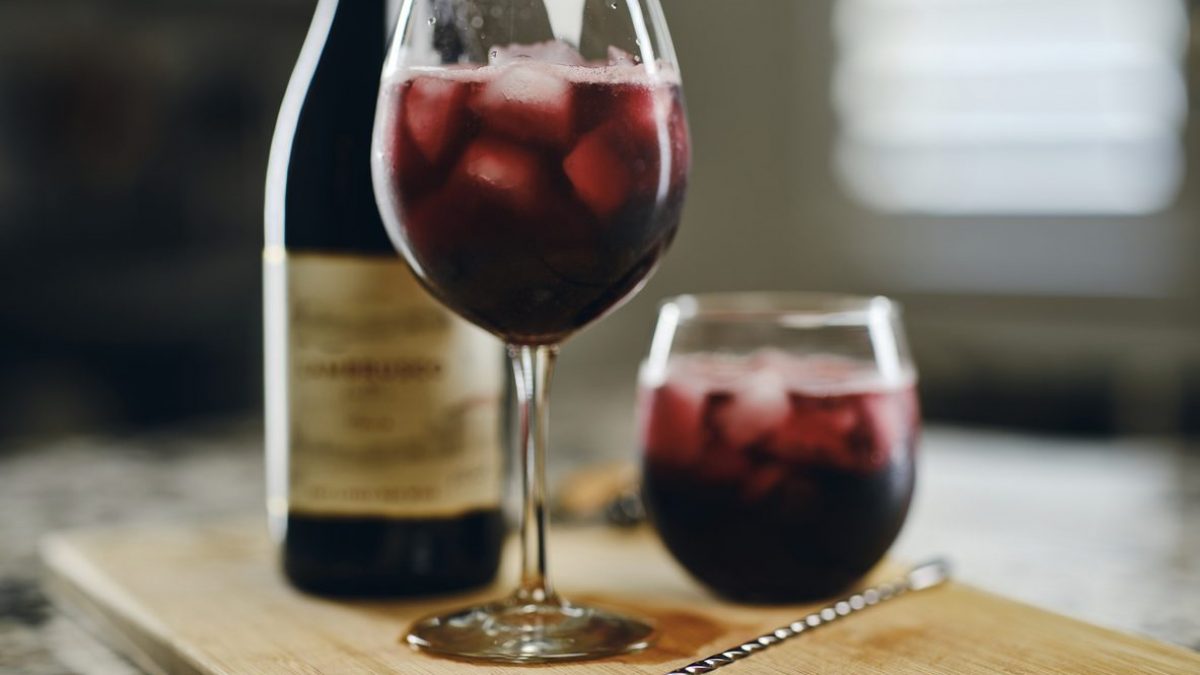
As temperatures rise, the temptation is strong: it's hot, the wine isn't cold enough, and instinctively, you want to add ice. After all, if it works with water, why shouldn't it work with wine? However, adding ice to wine isn't a good idea. While for some it's simply a way to cool the drink, for wine lovers, it's almost sacrilegious.
It's not just tradition or snobbery: the ban is for technical, cultural, and sensory reasons. Today, we'll explain why, with rare exceptions, it's always best to avoid putting ice in wine, and what to do instead to enjoy it at its best, at the right temperature.
Why Do People Put Ice in Wine?
Putting ice in wine is something that arises above all from practical and climatic needs:
- To quickly refresh wine if it has not been well chilled;
- During summer brunches or outdoor parties, where wine takes on the role of a thirst-quenching drink rather than a sensory experience to be enhanced;
- In tourist venues, or in informal contexts, where there tends to be less importance given to the correct serving of wine;
- With lower quality wines, to mask defects or excess alcohol;
- Out of simple habit, especially in countries where wine is seen as just another drink.
Despite being frowned upon by purists, the habit of adding ice to wine is more widespread than you might think. In the United States, over 40% of consumers report adding ice to their wine, especially with inexpensive bottles, or during brunches and parties with friends. In France, especially on the French Riviera, rosé served on the rocks has become a summer trend; furthermore, some prestigious houses like Moët & Chandon have created specific Champagnes to be enjoyed on the rocks.

In Spain, they don't stop at sangria, and it's not uncommon for young white wines to be served with ice during the scorching summer months. In Italy, too, we're seeing a growing trend in holiday settings, or among those less familiar with the world of wine, even though the majority of enthusiasts consider adding ice to wine a huge mistake.
Let's now see why it would always be better to avoid this practice.
Ice Dilutes Wine, Altering Its Taste
After adding ice to wine, the cubes slowly melt and release water into the glass. This process dilutes the aromas and flavor, causing the wine to lose its original identity and the balance the producer has expertly created.
Ice Cools Too Much, "Numbing" The Aromas
Serving a wine too cold risks compromising the intensity of its aromas and its characteristic complexity. As a general rule, it's always best to serve wine at the temperature indicated on the label. In the absence of specific instructions, white and rosé wines should be served between 8 and 12°C (46-53°F), while the ideal serving temperature for red wines is between 14 and 18°C (57-64°F).
Ice is Not Neutral Water
Often, the ice we use isn't made with pure water, but contains mineral salts or impurities that can negatively affect the wine's aromatic bouquet. Even a single cube can significantly alter the final flavor in the glass.
How to Enjoy Wine in Summer Without Ice?
Here are our tips for enjoying wine at its best in summer:
- Place the wine in the refrigerator a few hours before serving.
- Use buckets of water and ice to chill the bottle without directly touching the wine.
- Prefer sparkling or bubbly wines, which maintain their pleasantness even at low temperatures.
;Resize,width=767;)
